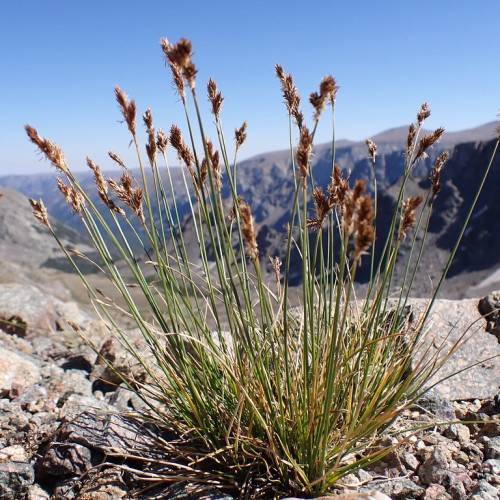
Tahoe Sedge
Carex tahoensis
Also Known As - Lake Tahoe SedgeWatering:
Minimal
Hardiness Zone:
Sun:
full sun,part shade
Leaf:
Yes
Growth Rate:
Low
Salt Tolerant:
Yes
Invasive:
Yes
Care Level:
Easy
watering
Water your Many Headed Sedge deeply once a week, soaking the soil to a depth of about 6 inches. Adjust watering schedule depending on rainfall or dry spells as over-watering can be harmful to the plant. Water during the morning hours to prevent the leaves from being wet overnight when humidity is higher. In cooler climates, water more often during the growing season, approximately every 4-6 days. In hot climates, water every 3-5 days. During dormancy, reduce watering to once every 2 weeks or allow the ground to dry out completely.
sunlight
Many Headed Sedge requires moderate amounts of sunlight and does best when it's exposed to full sunlight for 4-6 hours a day. It can also tolerate partial shade, but needsn some protection from intense afternoon sunlight and strong winds. It will thrive in lightly moist, well-drained soil that is slightly acid to neutral in pH. The species is most actively growing during the warmer months from spring to fall but will appreciate a little extra warmth for vigorous growth.
pruning
For best results, Headed Sedge should be pruned twice a year. Pruning in early Spring, just before new growth begins, helps to encourage dense growth. Prune the plant back by about a quarter or 1 third of its height and remove any dead or damaged foliage. It should then be pruned again in early Summer. This time cut the foliage back to the desired shape, leaving about 4” (10 cm) of foliage. This will help keep the plant healthy and prevent it from becoming straggly. After the second pruning, it’s best to avoid further pruning as this will reduce the number of shoots on the plant and its overall vigor.
